- Regulations are non-negotiable: Global and state-level laws like California's SB 253 and the EU's CBAM now mandate emissions reporting, with significant financial penalties for non-compliance.
- Customers and investors are driving demand: A massive 85% of consumers prefer sustainable products, and major investors are increasingly allocating capital to companies with strong ESG performance.
- Sustainability directly boosts your bottom line: A smart climate strategy can lower operational costs, provide access to cheaper green financing, and increase your company's market valuation.
- It’s a company-wide effort: From leadership and product design to procurement, every department has a role to play in driving decarbonization and maximizing its financial returns.
- The cost of inaction is too high: Failing to act on sustainability puts you at risk of losing customers, facing regulatory fines, and falling behind competitors.
The financial case for sustainability and why it’s a powerful driver of business growth
The public conversation around climate and ESG can be unpredictable, often shifting with political cycles and media trends. For business leaders, this noise can create uncertainty.
But the underlying business reality remains unchanged.
Regardless of who’s in office, companies still face mounting pressure from investors, customers, and global supply chains to measure, manage, and disclose their climate impact. And those that move early are already seeing the financial upside.
Let's break down why sustainability matters in business today.
Global and state regulations are forcing the issue
Whether you’re looking at domestic policy or international trade, the regulatory landscape is making carbon accounting mandatory worldwide.
Companies' own operations and their global supply chains are under scrutiny as well, meaning suppliers, partners, and distributors are part of the reporting equation. Ignoring these requirements isn’t an option.
California's SB 253 & SB 261
These laws require any company doing business in the state with over $1 billion in annual revenue to report their Scope 1, 2, and 3 emissions starting in 2026. With an estimated 4,160 companies affected, the ripple effect on their global supply chains is massive. Non-compliance comes with a hefty price tag: up to $500,000 in annual penalties.
And it's not just California. New York, Colorado, and other states are following suit with similar legislation.
Internationally, the European Union is leading the charge with its own regulations.
Europe’s CSRD and CBAM
- Corporate Sustainability Reporting Directive (CSRD): Mandates detailed, audited climate disclosures for approximately 50,000 EU companies and many non-EU companies with significant turnover in the EU.
- Carbon Border Adjustment Mechanism (CBAM): Taxes imports into the EU based on their embedded carbon emissions. If you can't provide accurate emissions data for your products, you'll be hit with a high default tax rate, making your goods more expensive and less competitive.
For companies with global supply chains, these regulations influence sourcing decisions, pricing, and access to key markets. The message is clear: measure your emissions or pay the price.
Your customers and investors demand it
The pressure isn't just coming from governments. Your customers and investors are increasingly making decisions based on sustainability performance.
Customers are voting with their wallets
A staggering 85% of consumers state they prefer sustainable products, and many are willing to pay a premium for them.
Large retailers like Walmart are keenly aware of this. Through initiatives like Project Gigaton, Walmart asked suppliers to set emissions-reduction targets and take actions to reduce emissions across six key areas, including energy use, nature, waste, packaging, transportation, and product use and design.
For suppliers, providing emissions data is becoming a standard part of procurement contracts. If you can't supply this information, you risk losing business. According to the CDP, its supply chain members requested disclosures from over 45,000 suppliers in 2025, a huge jump from 15,637 in 2020.
Investors are following the money
Access to capital is increasingly tied to your company's environmental performance. ESG (Environmental, Social, and Governance) criteria are now a standard part of investment analysis.
Sustainable funds outperformed their traditional peers across all major asset classes and regions in 2023, generating median returns of 12.6%. (Morgan Stanley)
A large MIT study of 3,665 U.S. companies found that an improved ESG rating led to about 17% more ownership from ESG-focused mutual funds over two years. Conversely, a drop in ratings led to a 13% reduction in ownership.
For a $10 billion company, a rating downgrade could result in a staggering $378 million loss in market value. The financial incentive to take sustainability seriously is undeniable.
Connecting sustainability to your bottom line: the real ROI
So, how does all this translate into tangible financial benefits? Let's talk dollars and cents. A robust decarbonization strategy impacts every part of your organization, from the C-suite to the factory floor.
The leadership team: steering the ship
For executives, a climate strategy isn't just about compliance; it's about competitive advantage. By forecasting emissions quarterly, just like financial statements, you can make smarter, more confident decisions.
This proactive approach unlocks access to cheaper capital through green financing, keeps you ahead of competitors who are also making sustainability claims, and improves your company's valuation in the eyes of institutional investors.
Product design and development: building in efficiency
Emissions are embedded in your products from the very first design sketch. The materials you choose, how they're sourced, and how they're manufactured all contribute to the final carbon footprint.
By measuring carbon at the individual SKU level, your product teams can make smarter choices that lower both emissions and costs. For example, switching to recycled materials or redesigning a product for circularity can lead to significant savings on raw materials.
{{cta}}
Procurement: the gatekeepers of your carbon footprint
Your procurement team is at the frontline of your decarbonization efforts. Since most of a product's carbon footprint comes from the supply chain, the decisions they make are critical.
By comparing CO₂ emissions across suppliers, procurement can choose cleaner, and often more cost-effective, options. They can also leverage green financing to help suppliers transition to more sustainable practices, which can lower your own operational costs in the long run.
This de-risks your supply chain from future carbon taxes and reputational damage.
Ready to get started?
The evidence is clear: climate strategies and profitability go hand in hand. A well-executed approach reduces risk, unlocks new revenue streams, and strengthens your brand.
Companies that embrace sustainability are building a more resilient, efficient, and profitable future. Those that don't will be left behind.
Arbor measures your product and organizational emissions fast
Schedule a free consultation to have an expert help you measure emissions, identify reduction opportunities, and turn your sustainability goals into a competitive advantage.
Measure your carbon emissions with Arbor
Simple, easy carbon accounting.
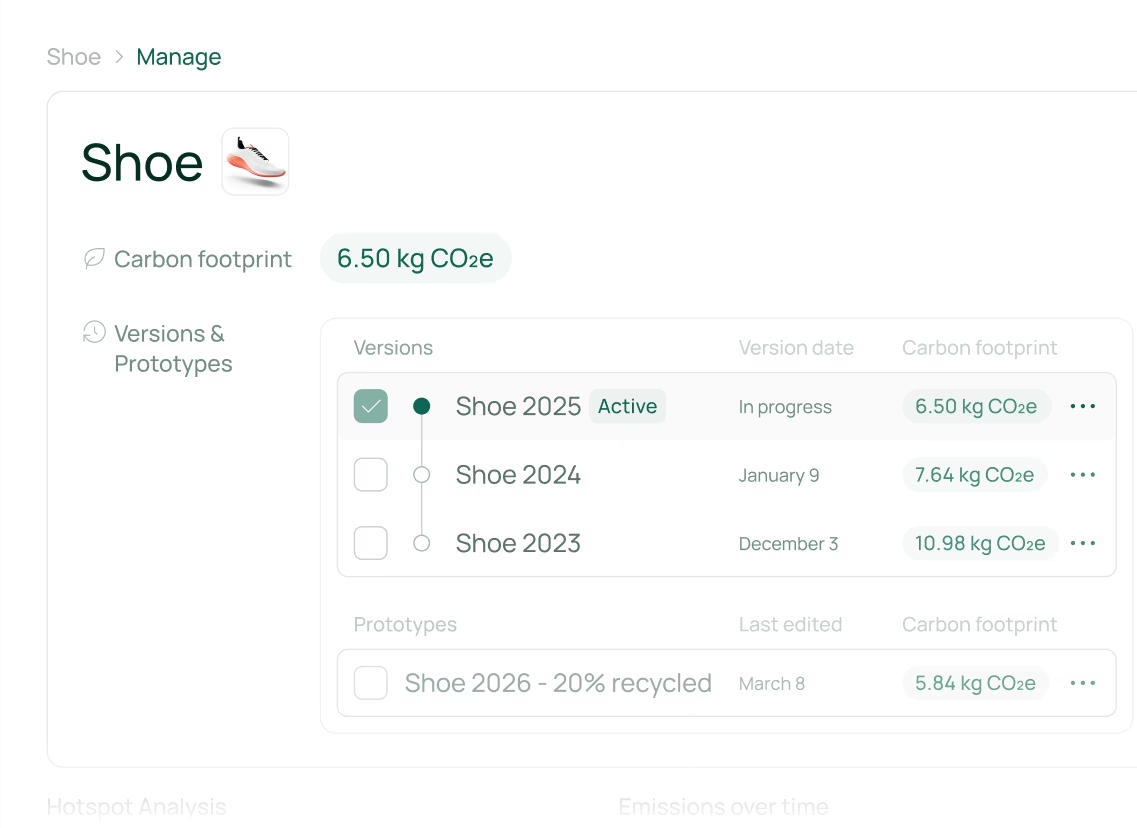
FAQ about why sustainability matters to business
What is the ROI of sustainability for a business?
The ROI of sustainability comes from multiple areas. It includes cost savings from energy efficiency and waste reduction, increased revenue from attracting environmentally conscious customers, better access to capital from ESG investors, and avoidance of regulatory fines.
How can a business start implementing a sustainability strategy?
A great starting point is to measure a product carbon footprint or calculate your organizational emissions to understand where you're at. This allows you to identify "carbon hotspots" where you can make the biggest impact. From there, you can set clear, measurable goals and engage with a platform like Arbor to track your progress.
Why is Scope 3 emissions reporting so important for businesses?
Scope 3 emissions from your supply chain often account for the largest share of a company's carbon footprint. Reporting on them is increasingly required by regulations like California's SB 253 and the EU's CSRD. It also provides a more complete picture of your environmental impact and reveals opportunities for collaboration with suppliers on reduction initiatives.



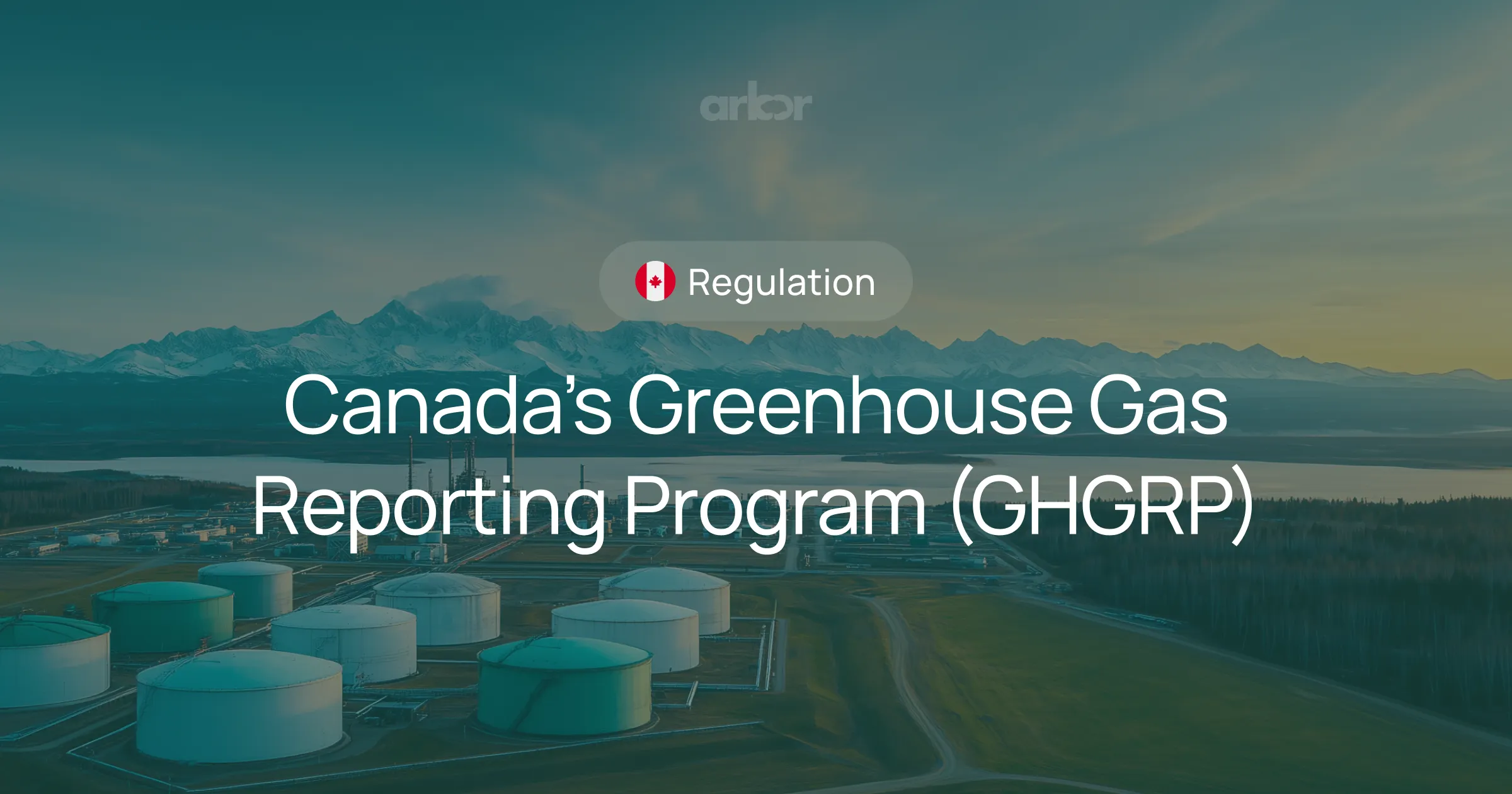
.webp)

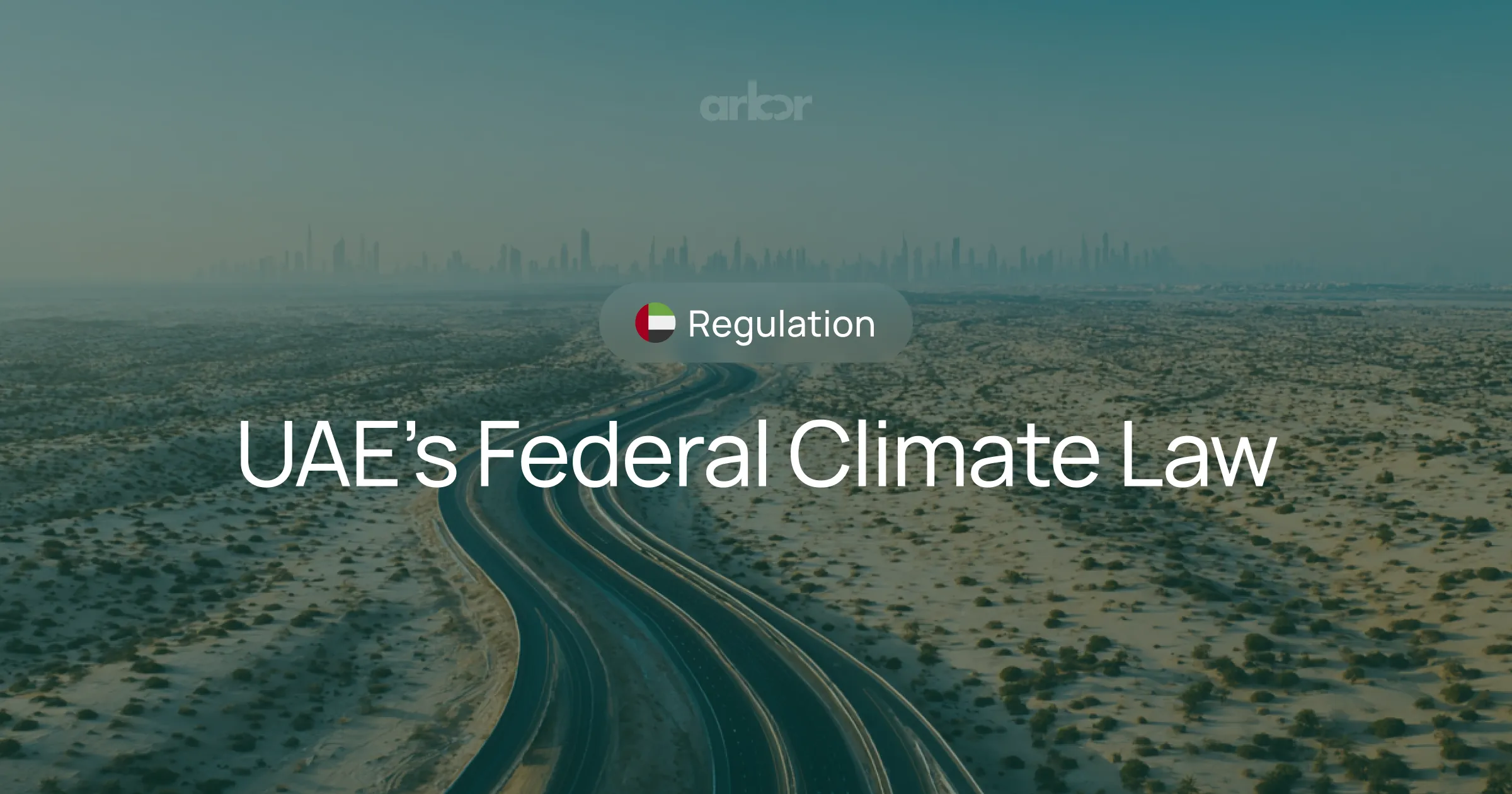

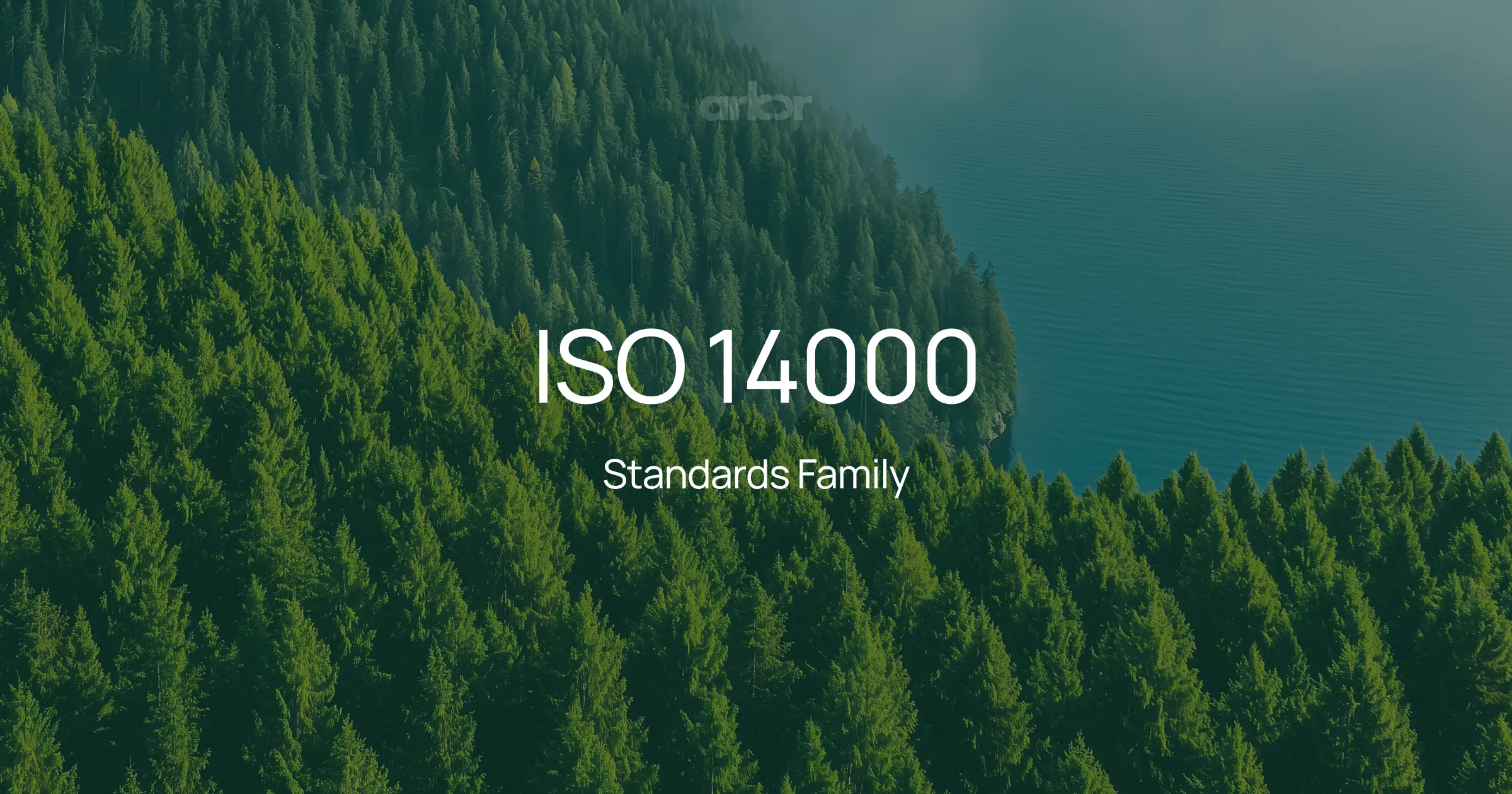
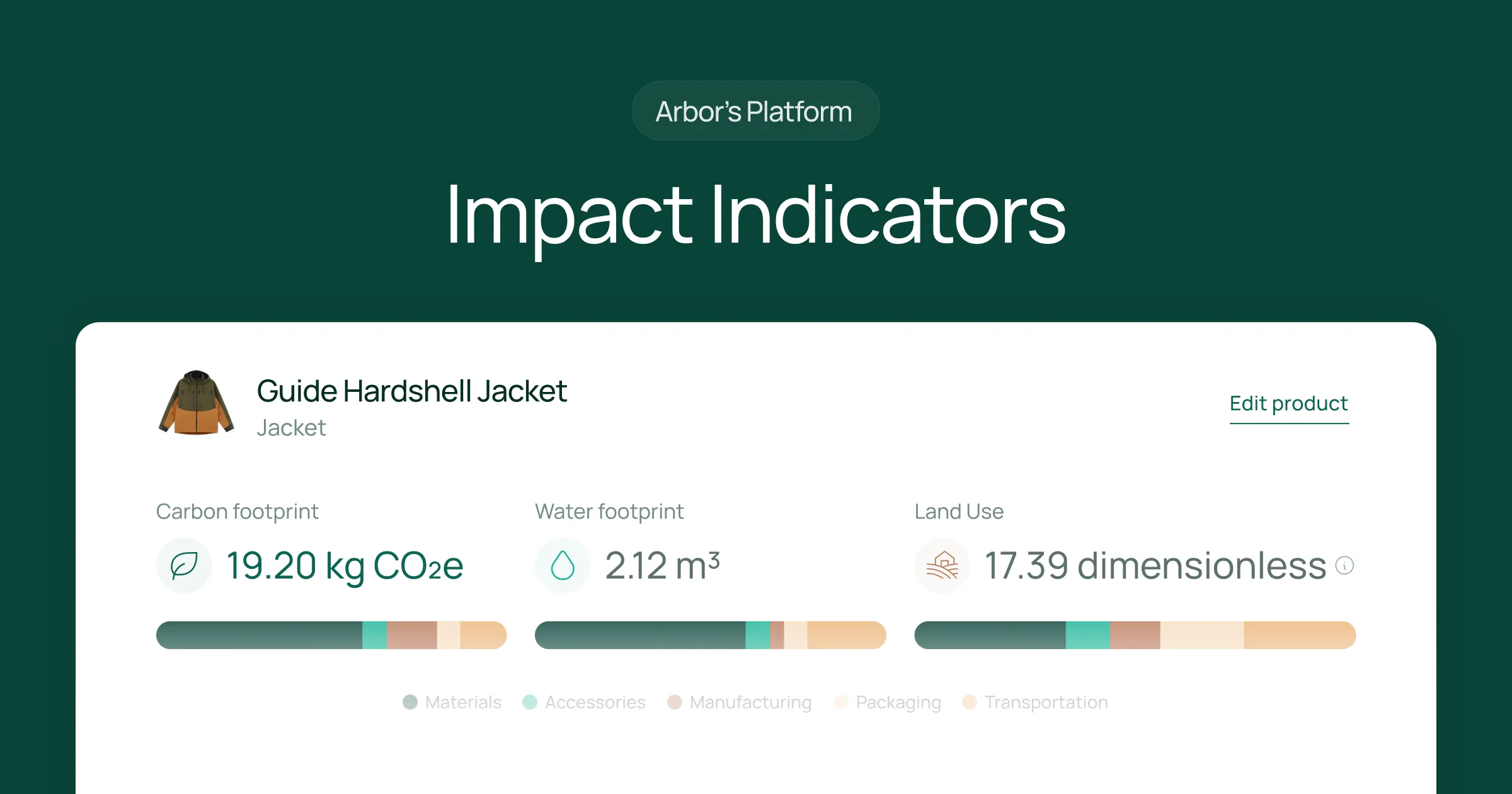
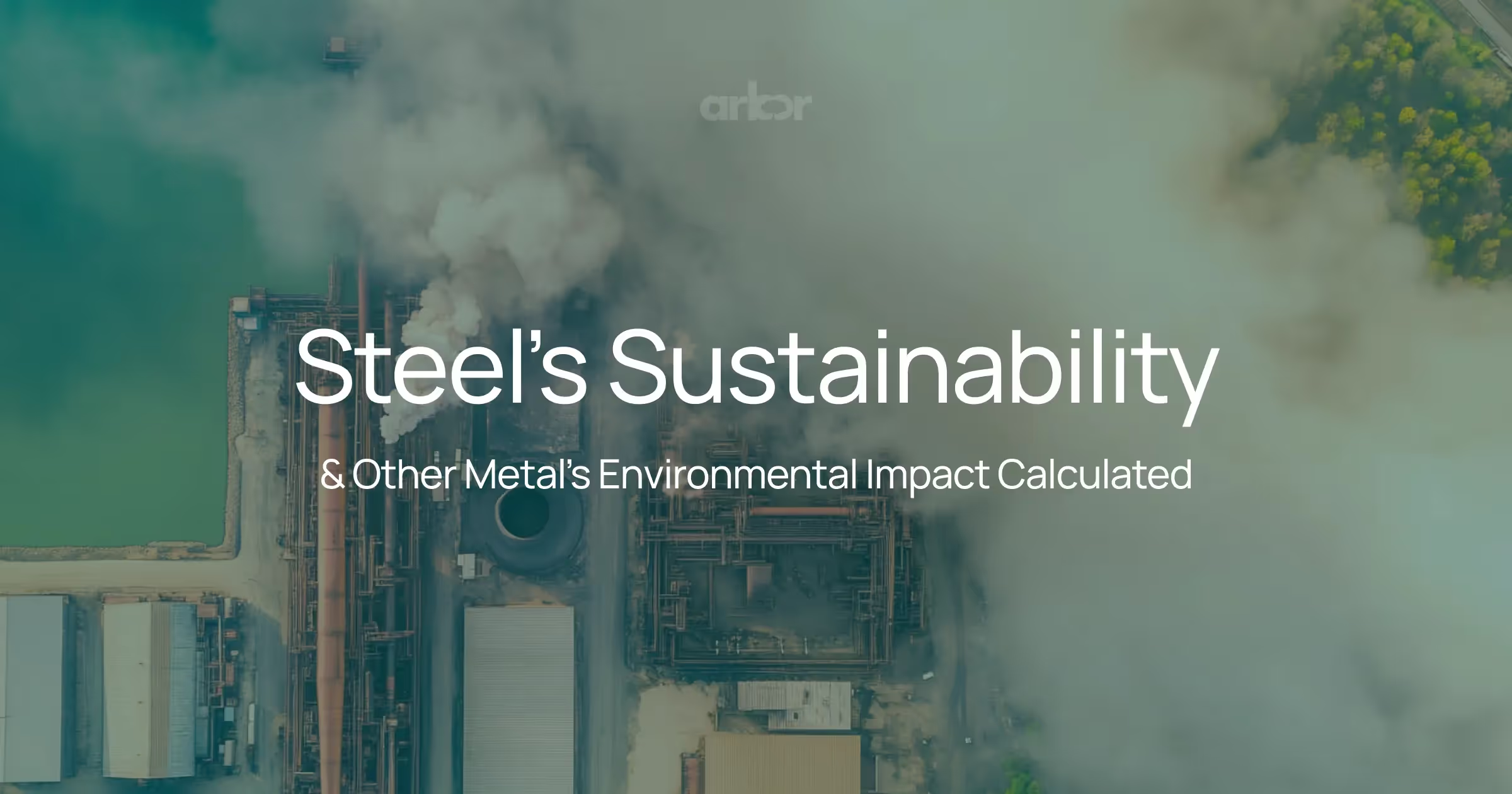

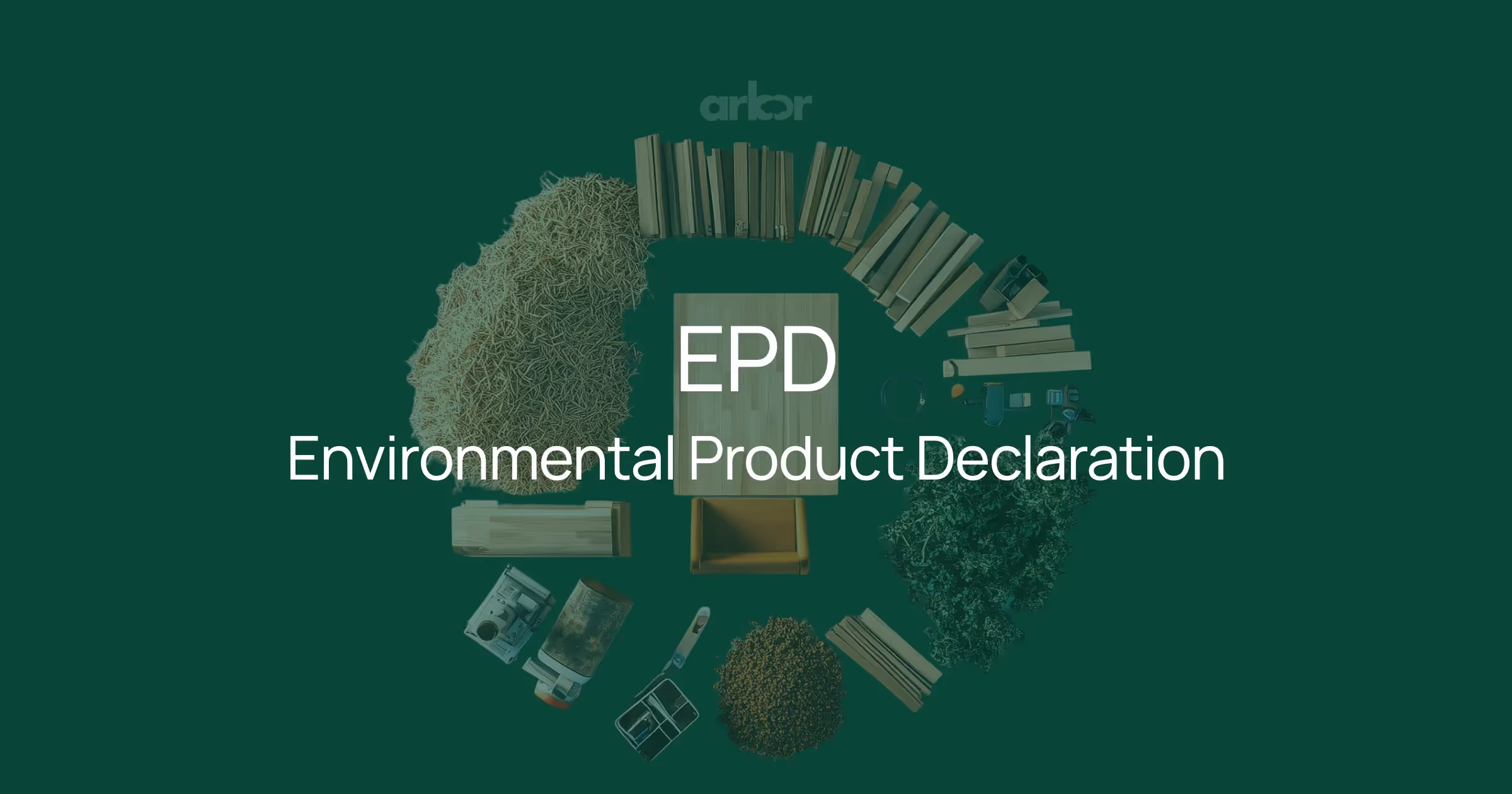
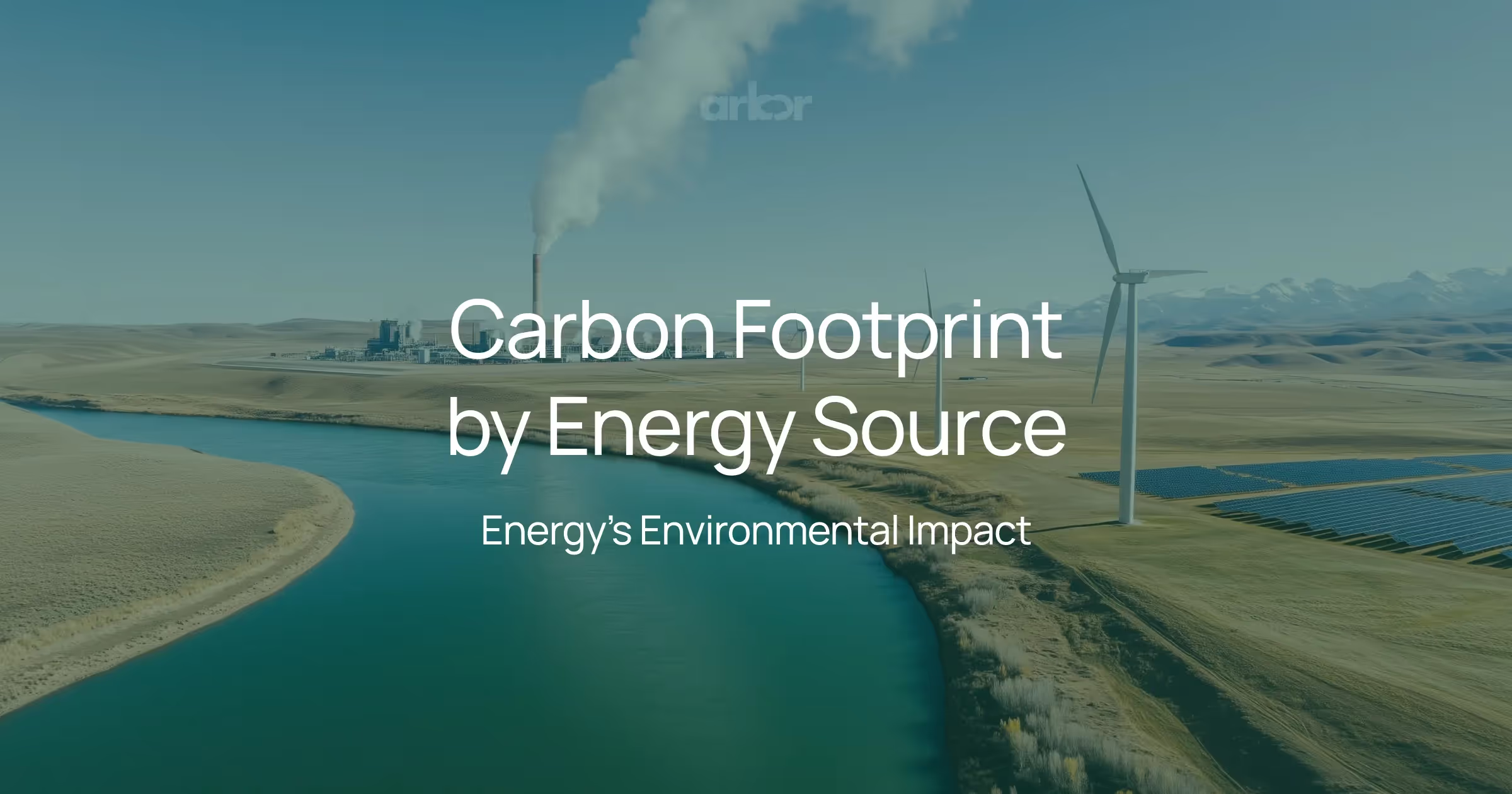
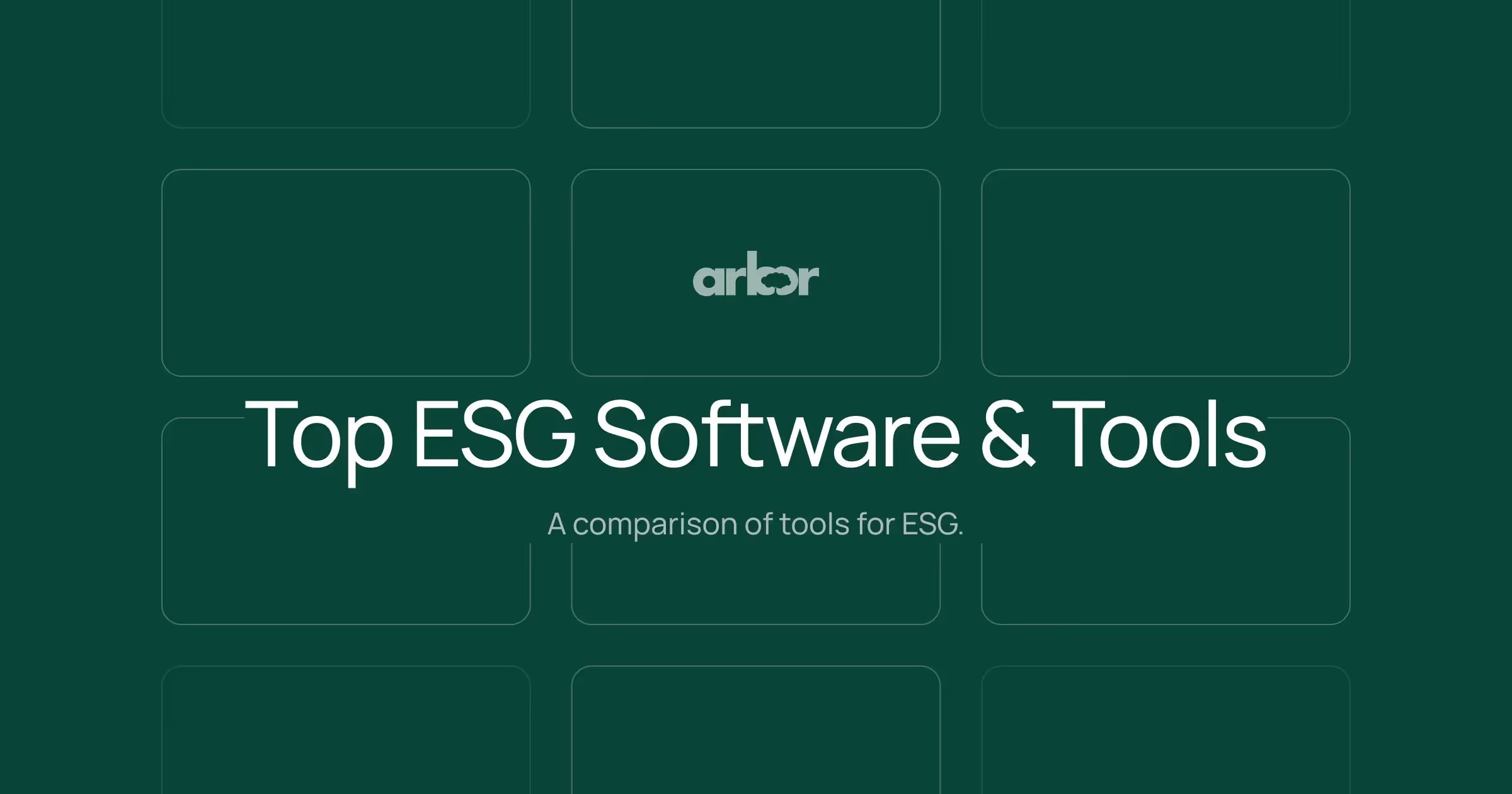

%20Arbor.avif)
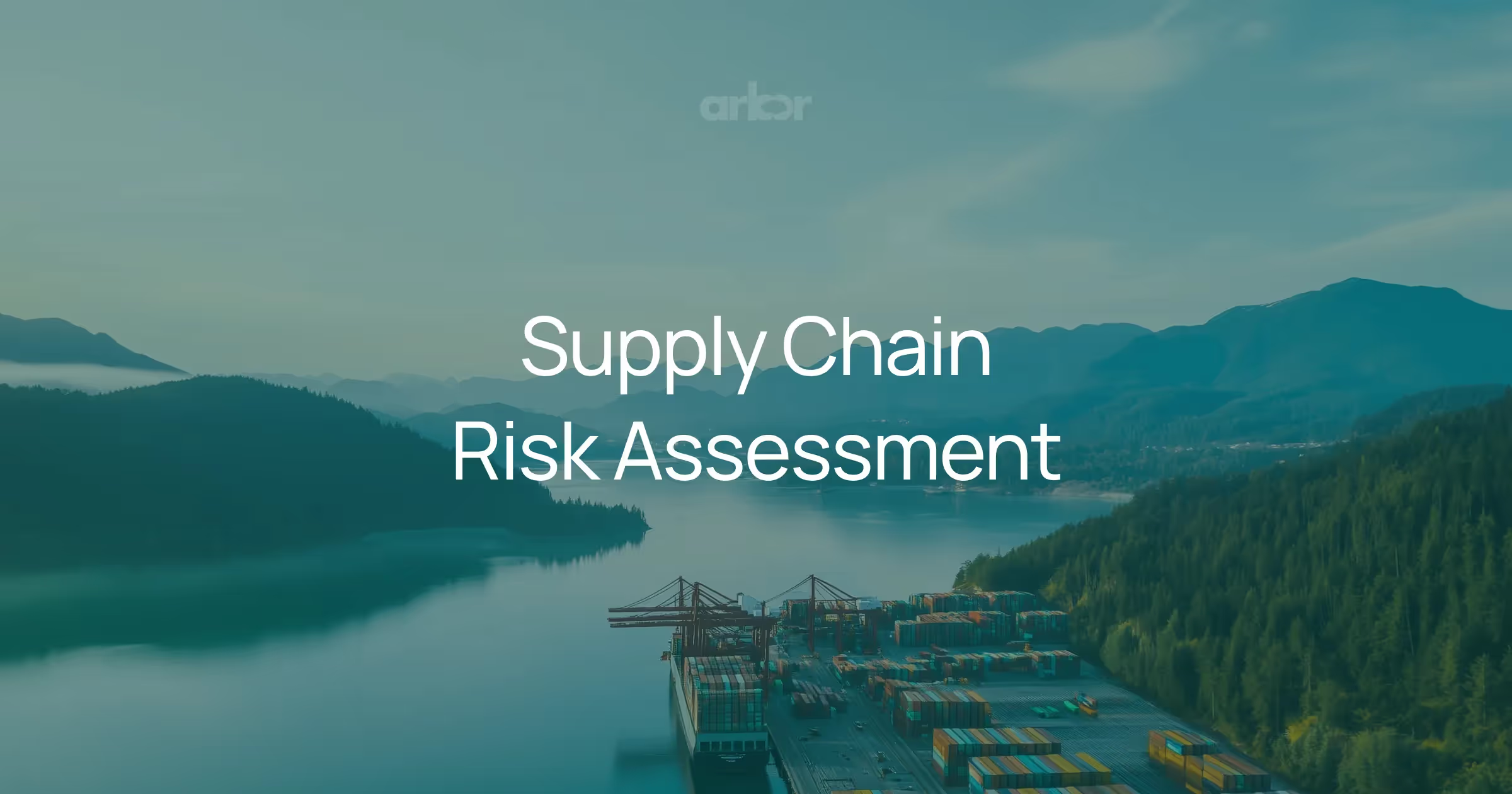
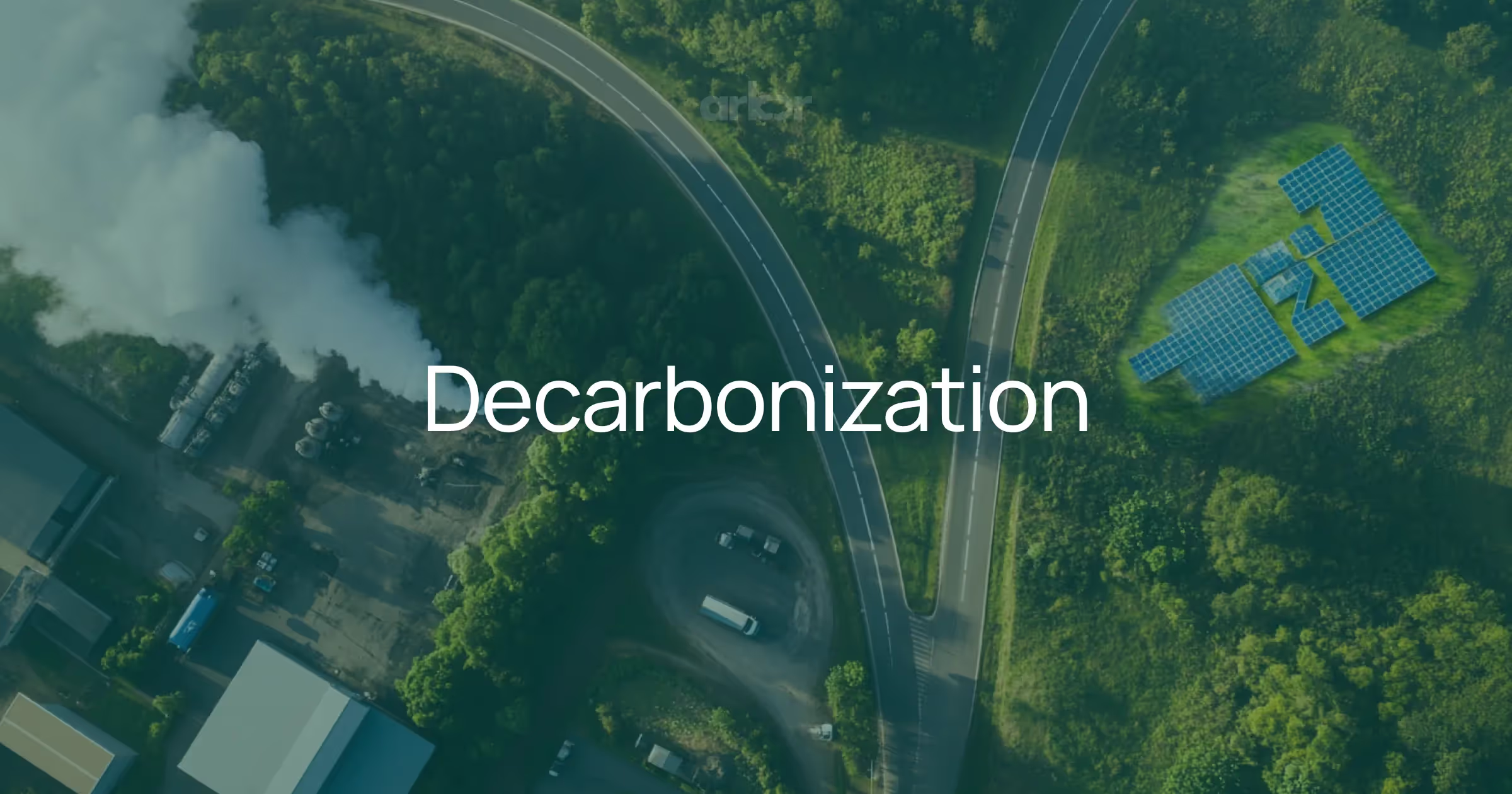



%20Arbor.avif)
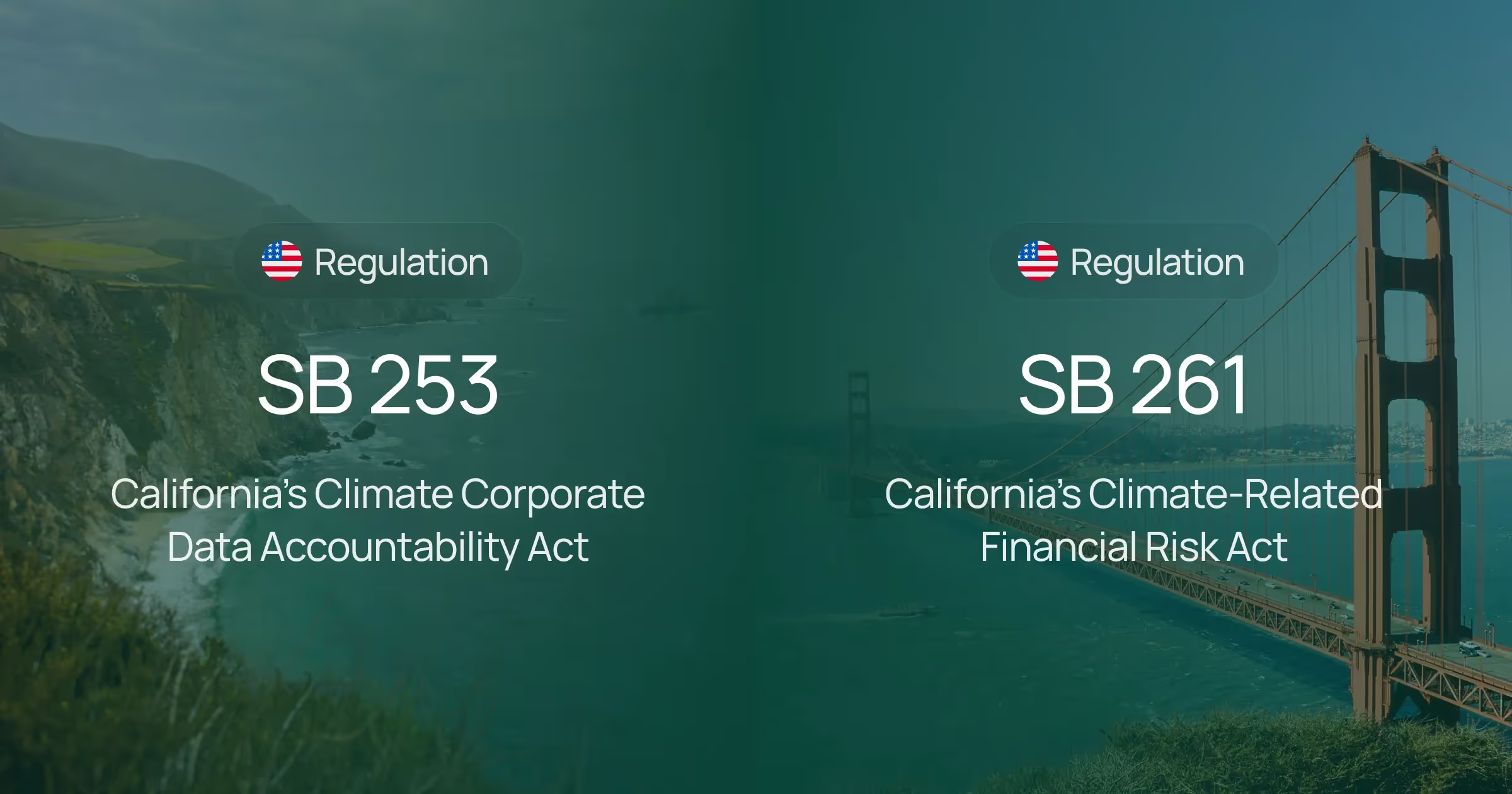

.avif)
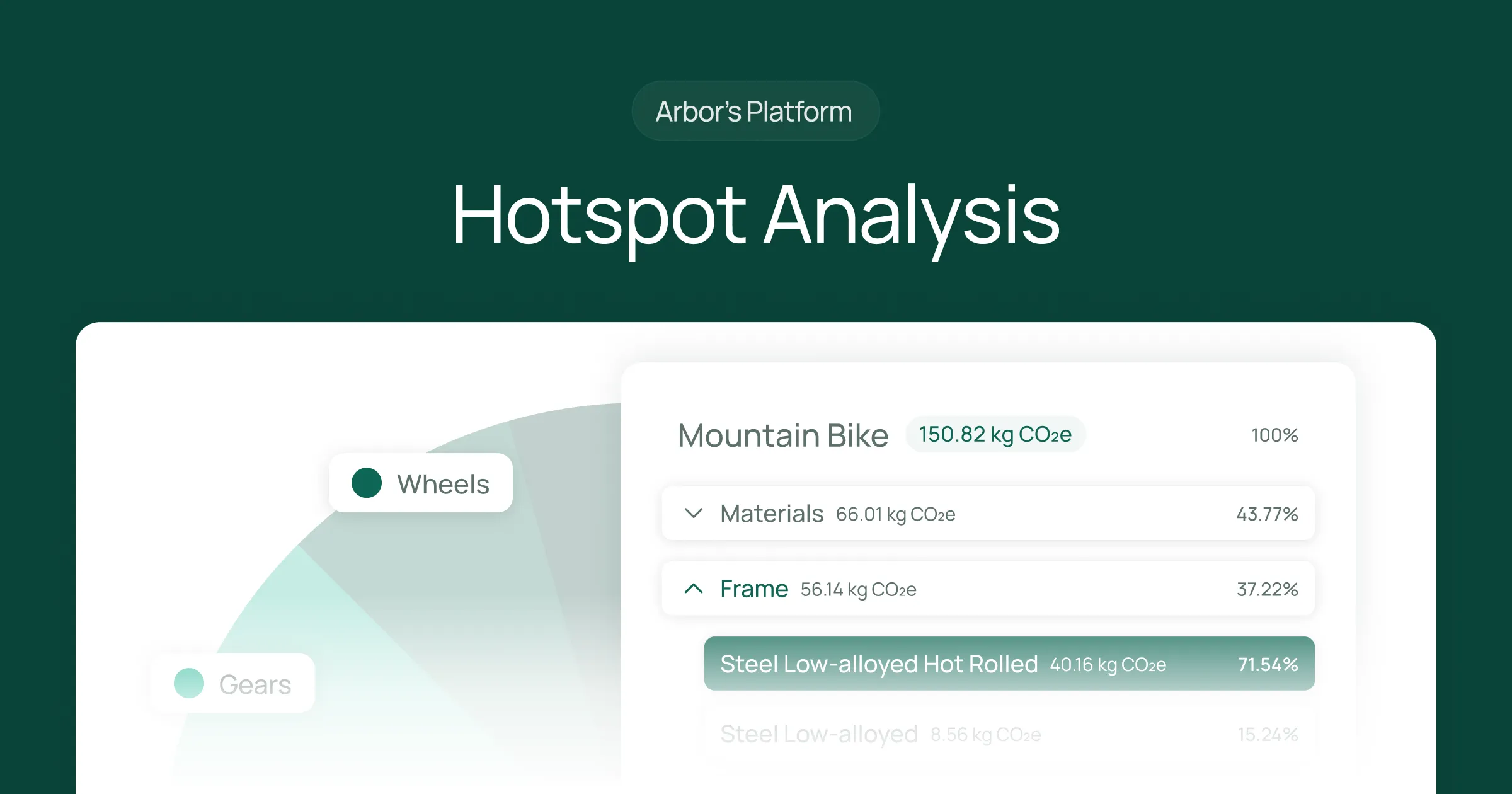
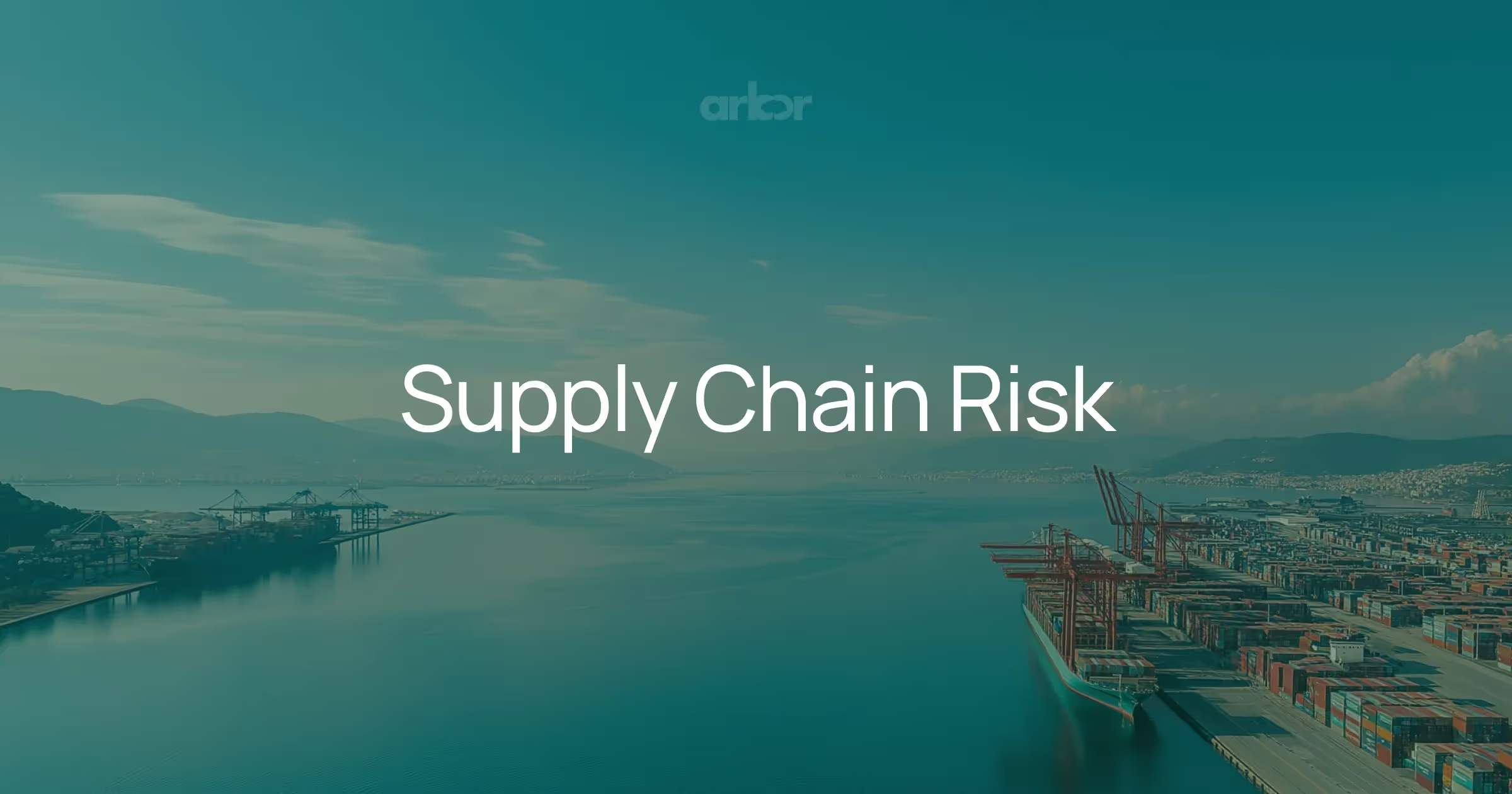
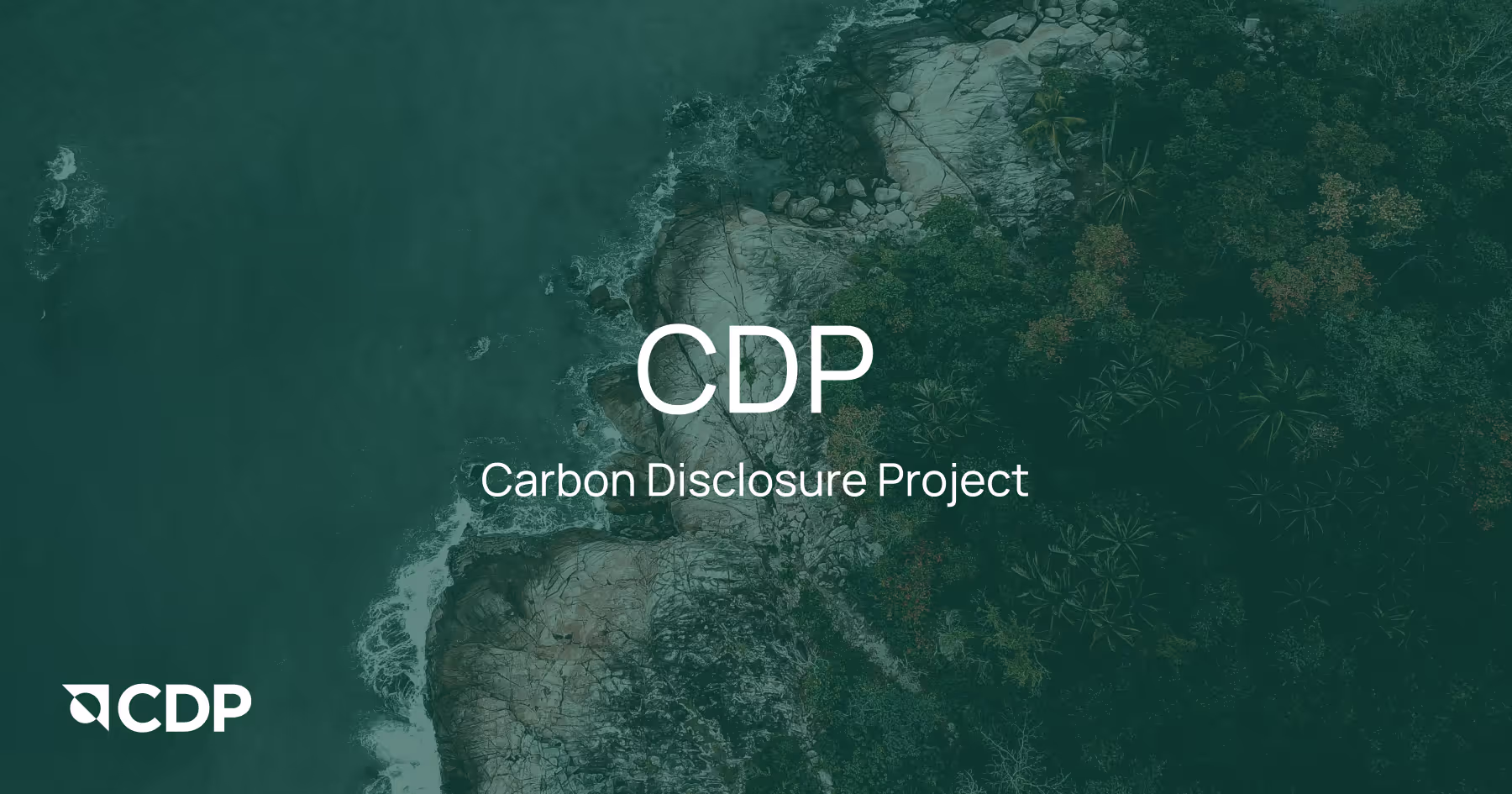
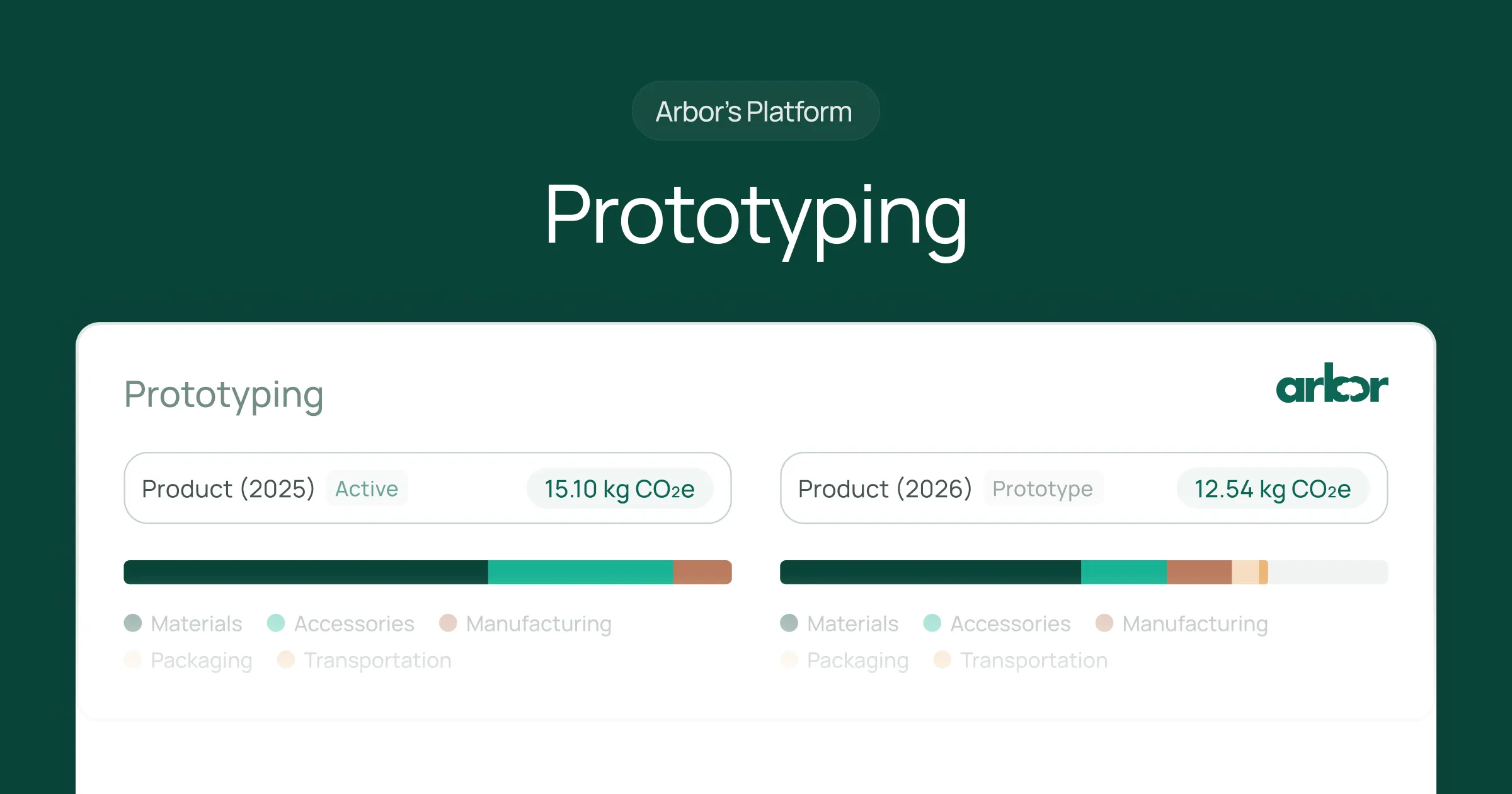


%20Arbor%20Canada.avif)
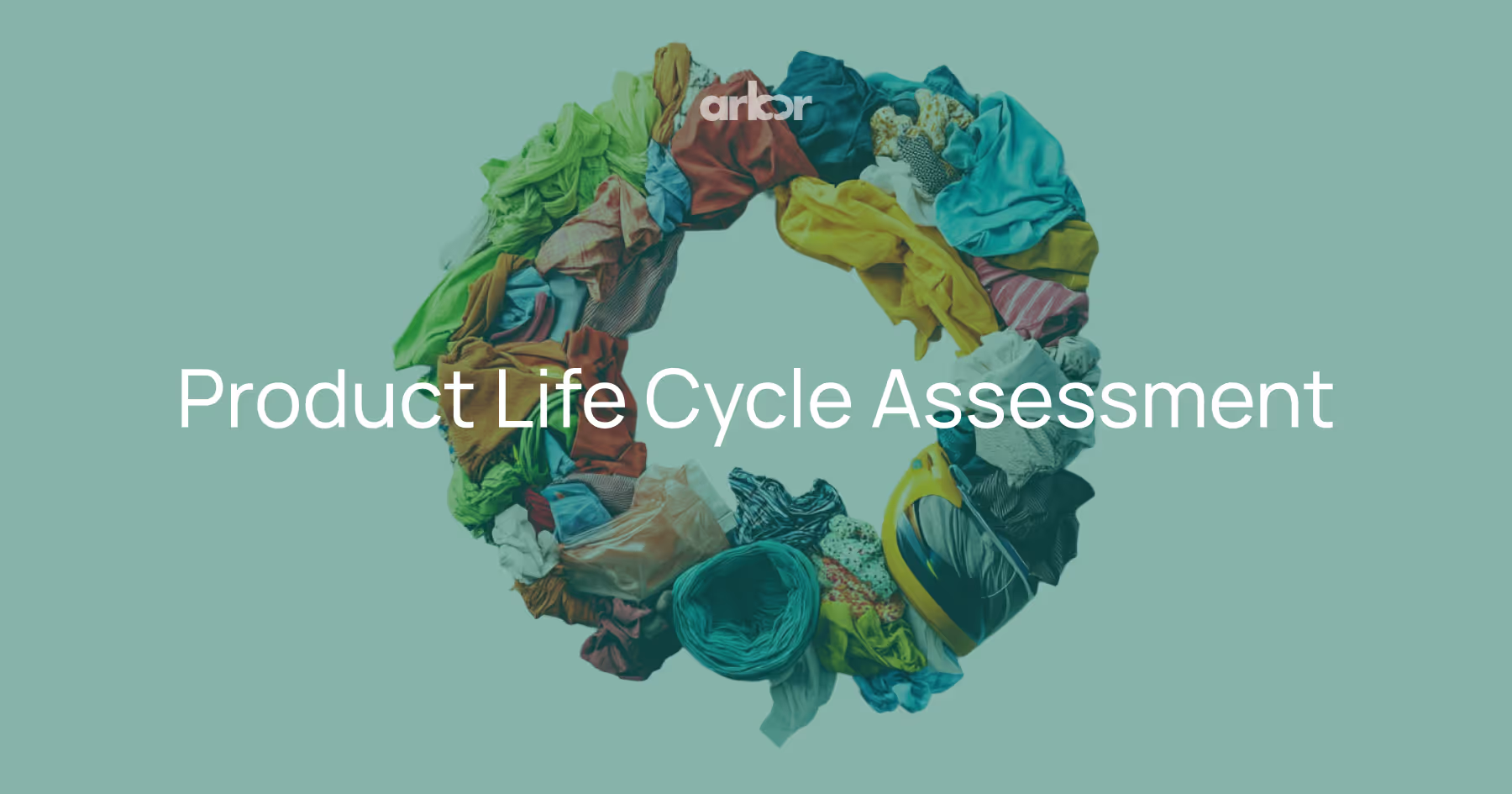
.avif)
%20Arbor.avif)
.avif)


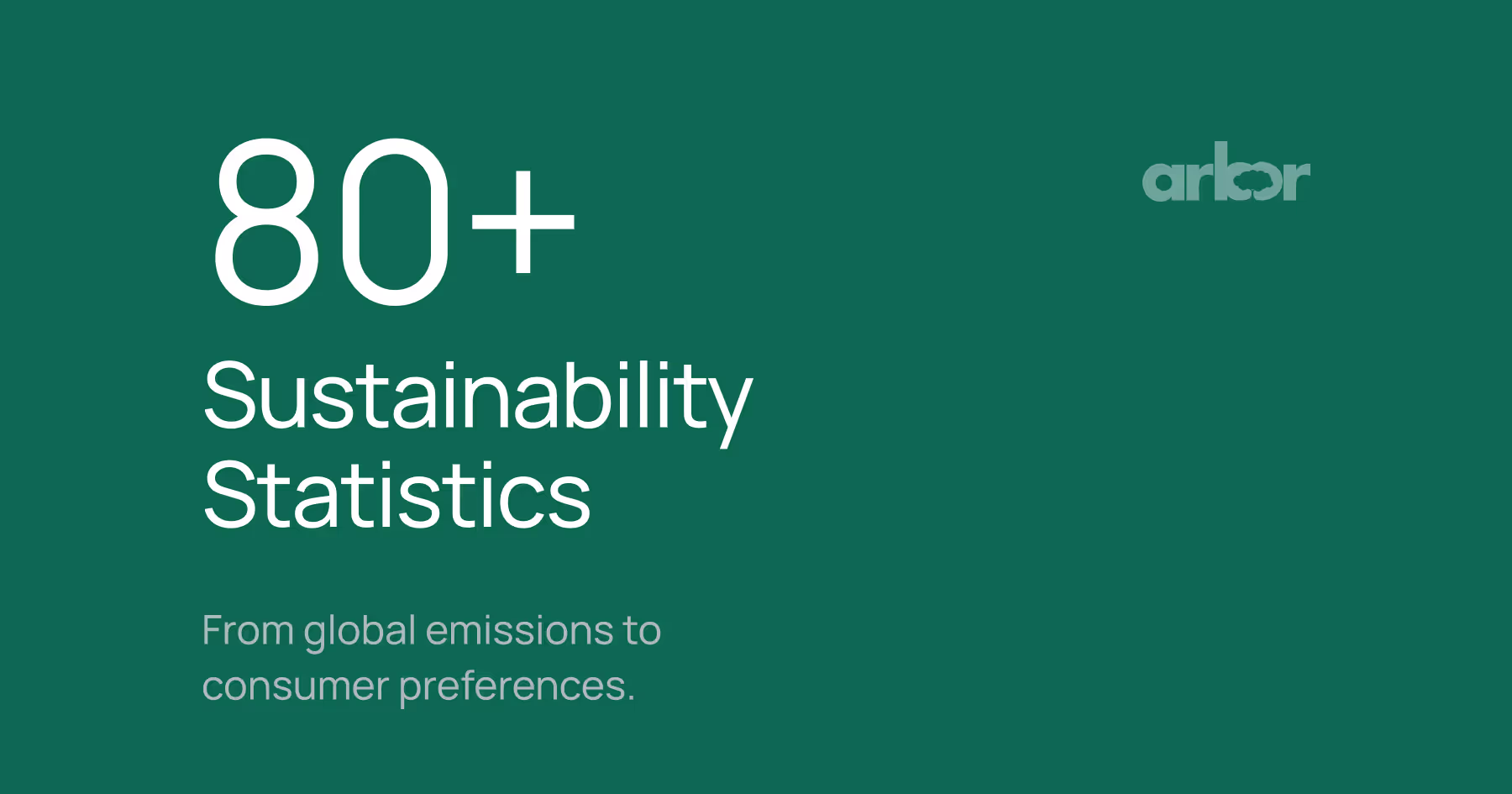
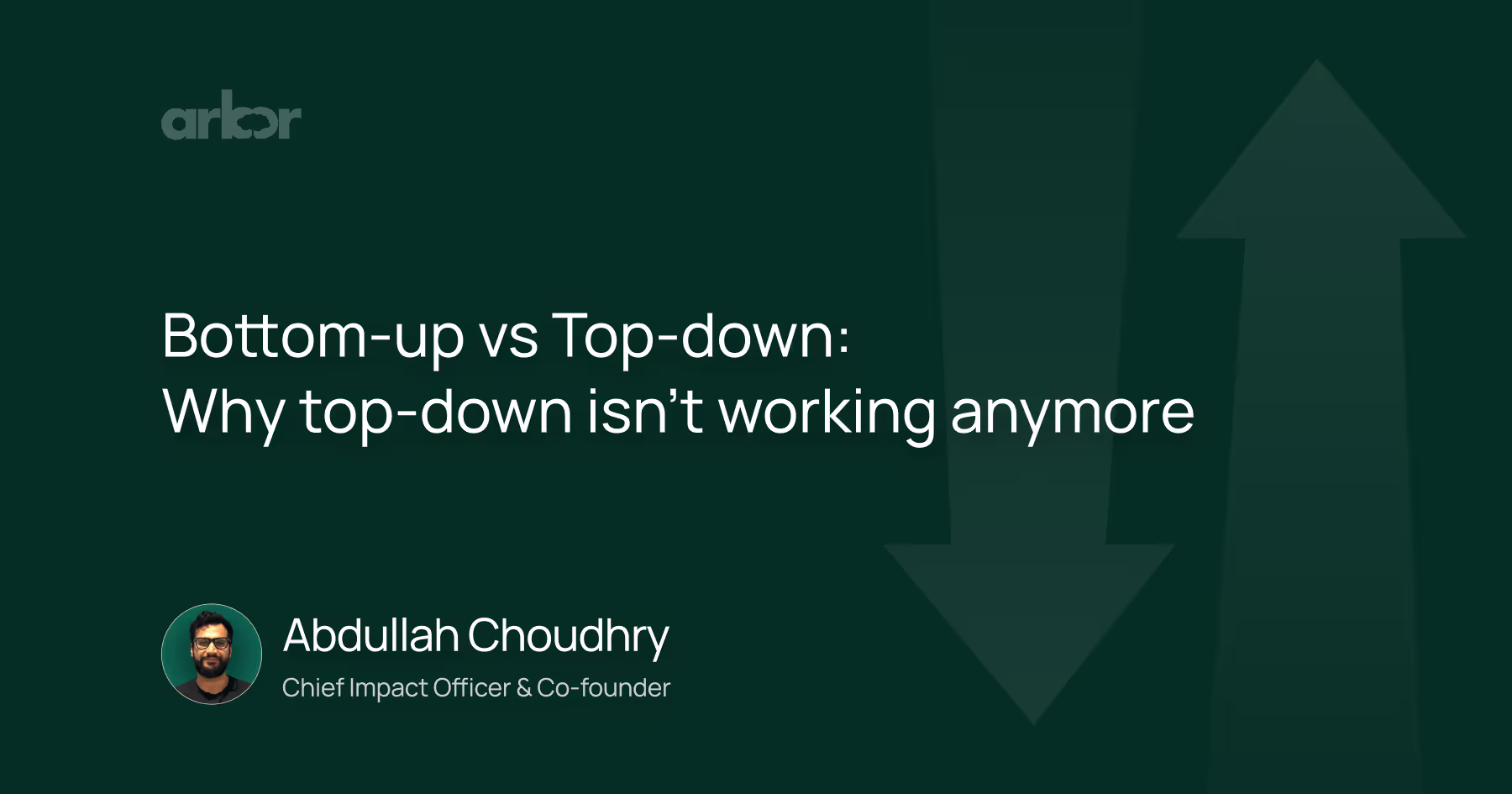
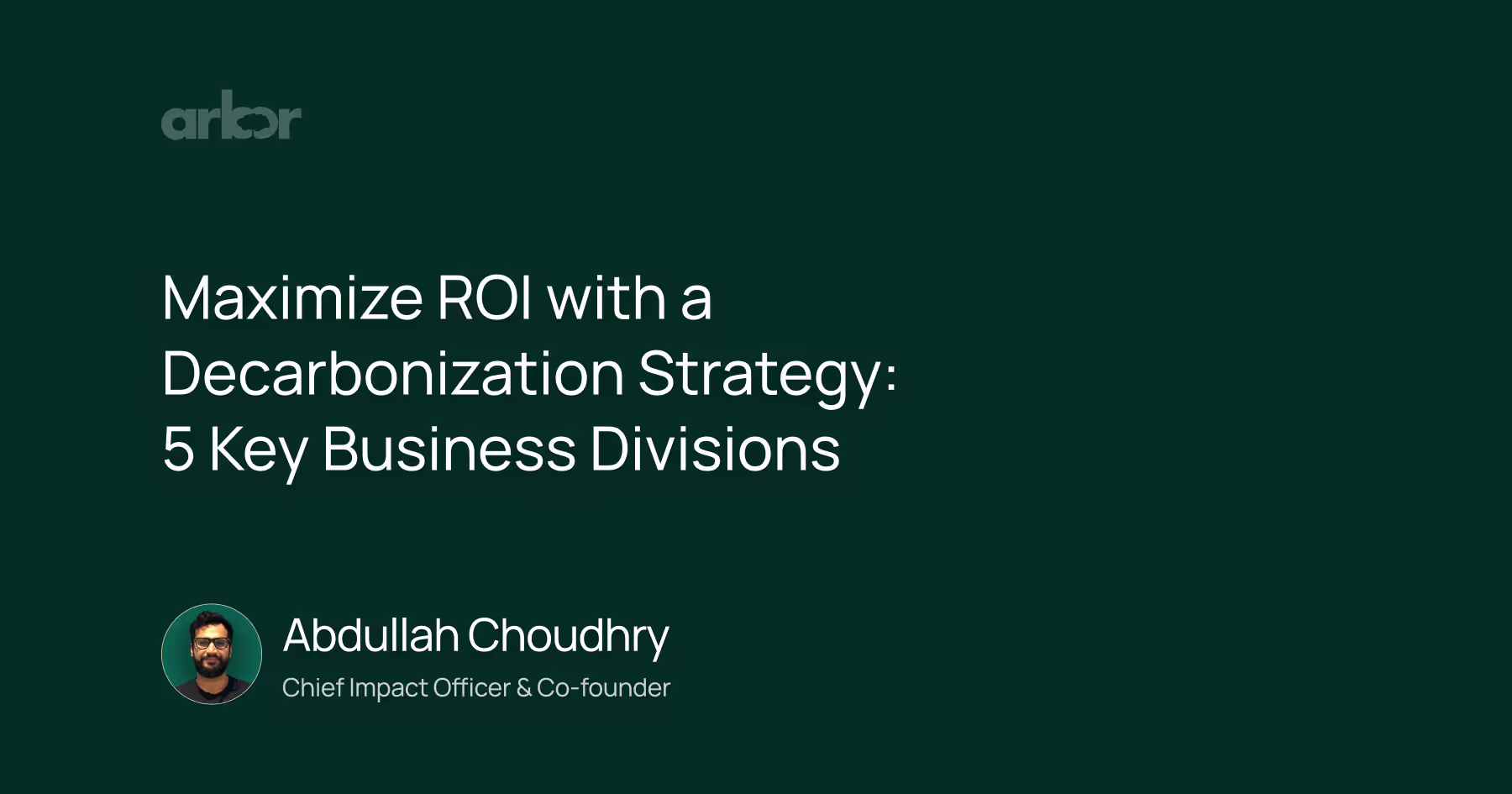

_.avif)
.avif)
%20Arbor.avif)




%20Software%20and%20Tools.avif)





.avif)
.avif)
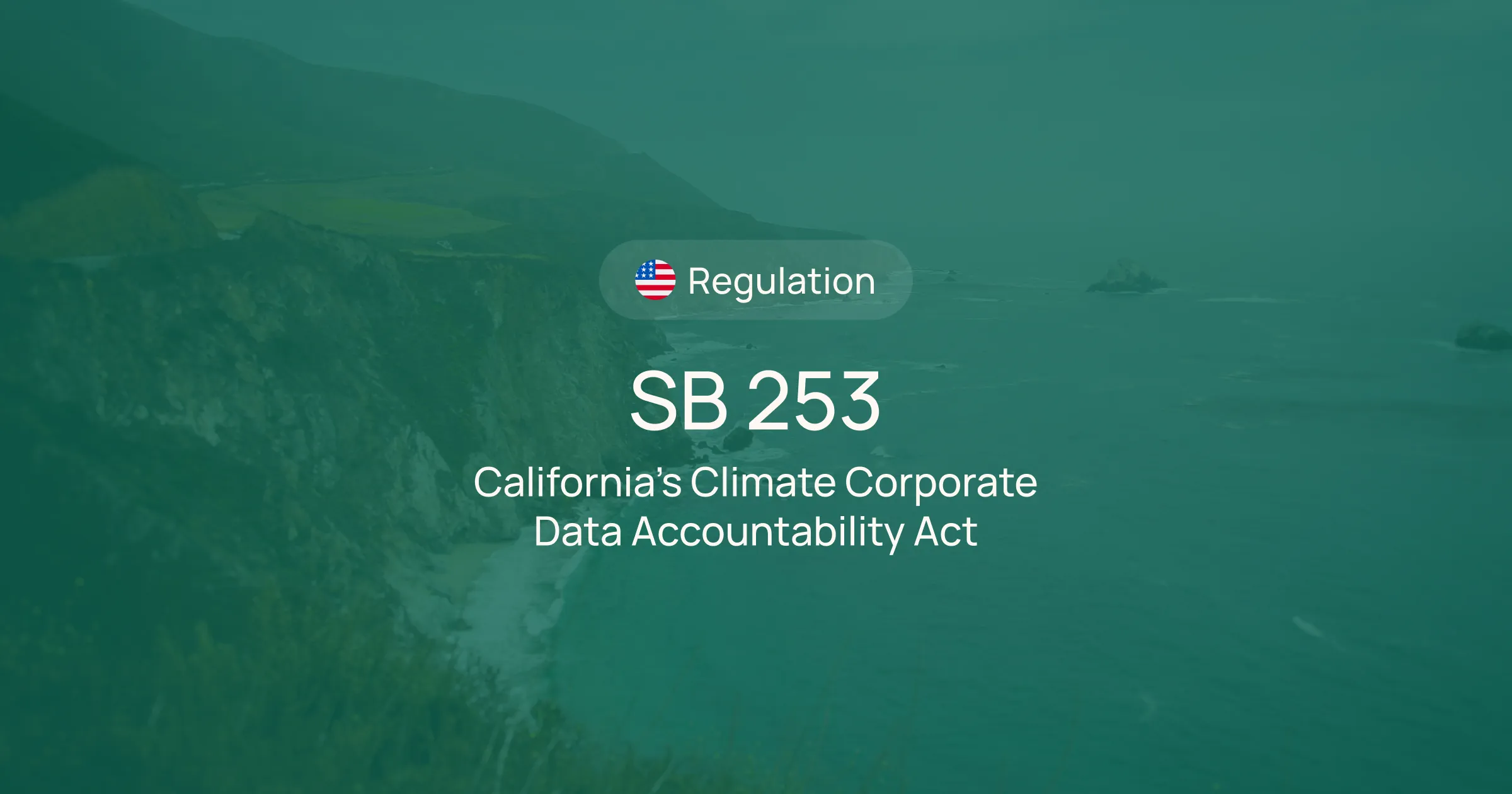



%20EU%20Regulation.avif)







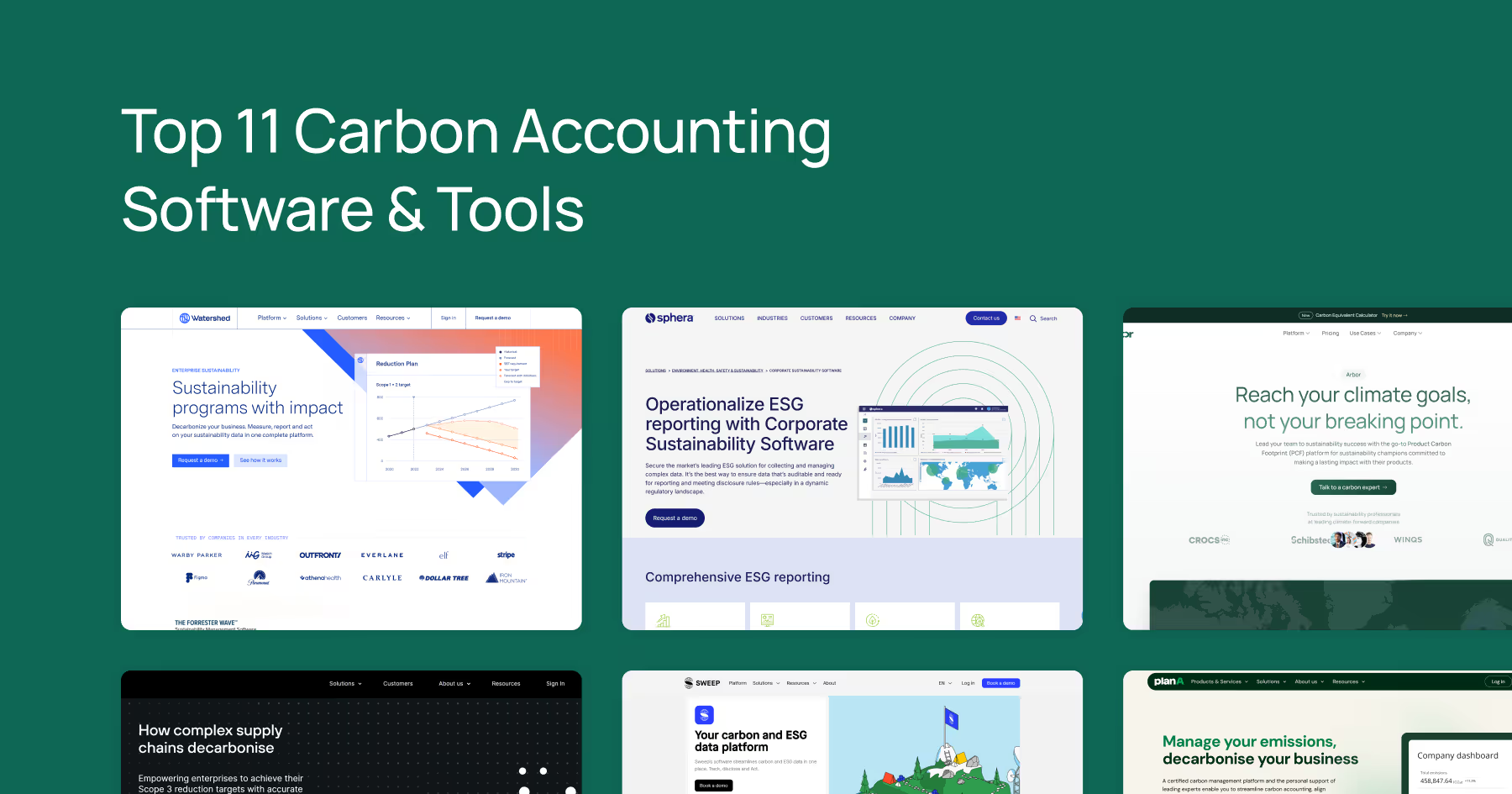




.avif)


%20Arbor.avif)









_%20_%20Carbon%20101.avif)







.avif)

.avif)
.avif)











